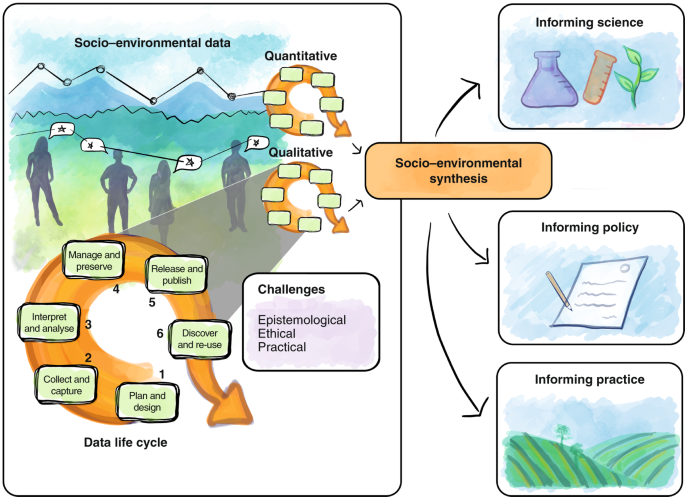


These might, for instance, include entering numerical observations into a chart, table, or spreadsheet, or figuring the mean (average), median (midpoint), and/or mode (most frequently occurring) of a set of numbers. Performing any mathematical or similar operations needed to get quantitative information ready for analysis.Entering narratives, numbers, and other information into a computer program, where they can be arranged and/or worked on in various ways.Making photocopies of all recording forms, records, audio or video recordings, and any other collected materials, to guard against loss, accidental erasure, or other problems.Gathering together information from all sources and observations.Some of the things you might do with the information you collect include: Recording and organizing data may take different forms, depending on the kind of information you’re collecting. The way you collect your data should relate to how you’re planning to analyze and use it. Regardless of what method you decide to use, recording should be done concurrent with data collection if possible, or soon afterwards, so that nothing gets lost and memory doesn’t fade. You’ll have to record the observations in appropriate ways and organize them so they’re optimally useful. If you are conducting observations, for example, you’ll have to define what you’re observing and arrange to make observations at the right times, so you actually observe what you need to. What do we mean by collecting data?Įssentially, collecting data means putting your design for collecting information into operation. You’ve decided how you’re going to get information – whether by direct observation, interviews, surveys, experiments and testing, or other methods – and now you and/or other observers have to implement your plan. There’s a bit more to collecting data, however.
QUALITATIVE DATA ANALYSIS BEST PRACTICES HOW TO
In this section, we’ll examine how to do just that. In previous sections of this chapter, we’ve discussed studying the issue, deciding on a research design, and creating an observational system for gathering information for your evaluation. Now it’s time to collect your data and analyze it – figuring out what it means – so that you can use it to draw some conclusions about your work.

Although qualitative research offers some unique advantages over quantitative research, qualitative methods are rarely employed in the evaluation of ethics education programs and are often criticized for a lack of rigor.


 0 kommentar(er)
0 kommentar(er)
